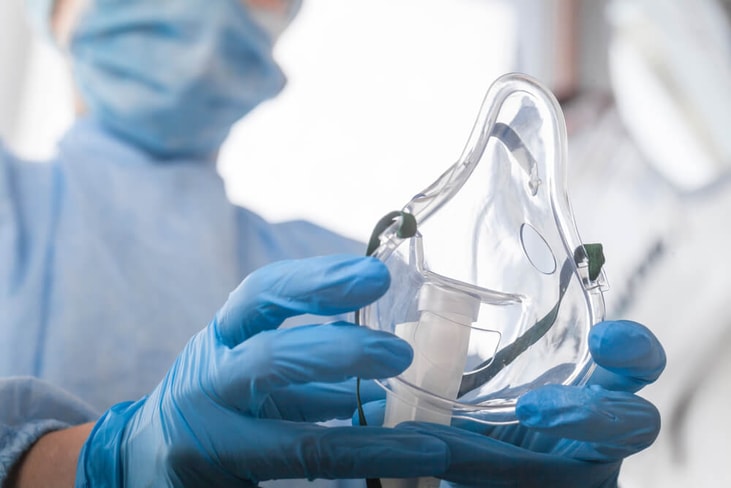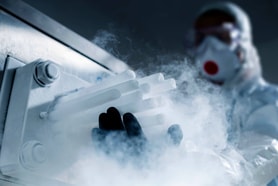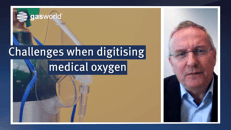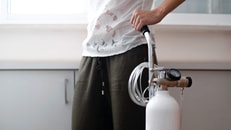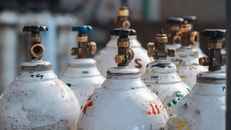BCGA 2025: Baywater flags safety risks as home oxygen use evolves
Rising demand for high-flow and portable oxygen therapy in the home is adding pressure to healthcare providers and increasing safety risks, according to UK-based Baywater Healthcare’s Claire Hole.
Speaking at the BCGA Conference 2025, Hole, a Clinical Manager at Baywater and former specialist nurse, said the company now supports more than 50,000 patients across the UK through National Health Service partnerships, with many requiring increasingly complex and individualised oxygen solutions.
“We’re now seeing patients needing up to 15 litres per minute,” she told delegates. “Ten years ago, that would have been unusual outside of a hospital.”
... to continue reading you must be subscribed

